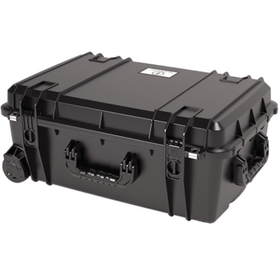[Column] What is the 4-20mA output of measuring instruments? Is calibration necessary?
Even when the measurement value is 0, it outputs 4mA, and in the case of a disconnection, it becomes 0mA, making it easy to identify abnormalities!
The 4-20mA output is a type of analog output that outputs a current range from 4mA to 20mA, representing 0 to 100%. It is widely used as a standard analog output in measurement instruments due to the numerous advantages listed below: - It outputs 4mA even when the measurement value is 0, and it becomes 0mA in case of a disconnection, making abnormalities easy to identify. - There is no attenuation over long distances of several hundred meters (in the case of voltage output, the longer the distance, the more it attenuates due to resistance). - It is more resistant to noise compared to voltage signals. - Conversion to 1-5V is easy. For these reasons, it is adopted in many devices. *For detailed content of the column, you can view it through the related links. For more information, please download the PDF or feel free to contact us.
basic information
*You can view the detailed content of the column through the related link. For more information, please download the PDF or feel free to contact us.*
Price range
Delivery Time
Applications/Examples of results
The detailed content of the column can be viewed through the related link. For more information, please download the PDF or feel free to contact us.
catalog(3)
Download All CatalogsRecommended products
Distributors
Our company handles electronic measuring instruments for energy component analysis, seismic measurement equipment, production measuring devices, and in recent years, disaster prevention supplies as preparations for businesses and communities, as well as optimal hard cases for the protection, storage, and transportation of precision instruments and disaster prevention supplies. There are people working in various places around the world, and there are always instruments assisting them. We carry out repairs and maintenance on these instruments and send revitalized equipment to the workers every day. Additionally, we believe that disaster prevention supplies play a very important role in BCP (Business Continuity Planning) measures to protect the safety of companies and their employees, contributing to the development of global industries in various ways. Furthermore, we provide American-made hard cases that ensure these instruments and disaster prevention supplies can fully demonstrate their functions during measurements and in times of disaster, establishing a system that offers a more secure and safe overall service.





















































